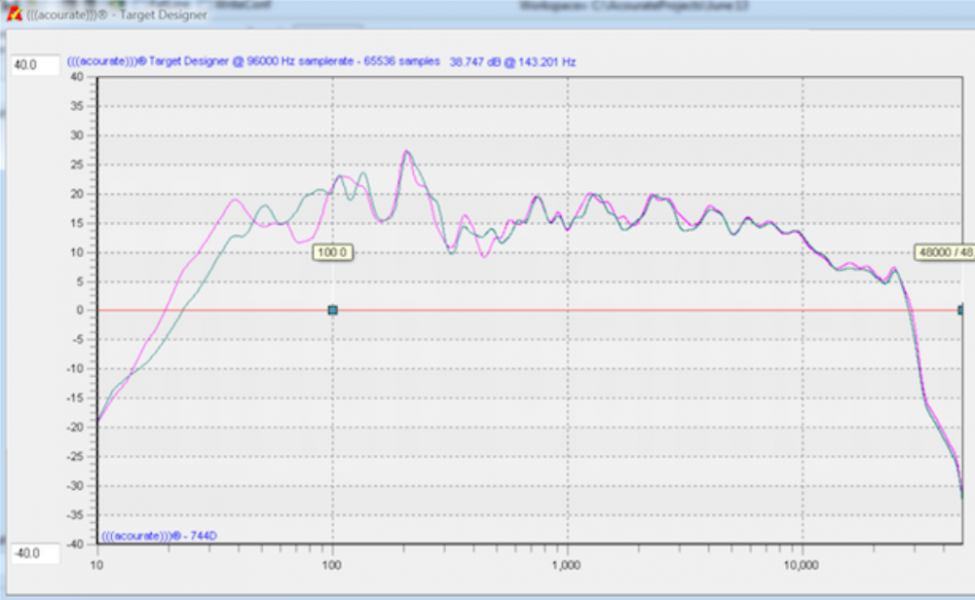With all due respect, I don't consider Dirac to be a SOTA example of DSP/Room Correction. I've tried it and was not impressed by the outcome either to be honest.Dirac Live
Dirac is kind of like the Apple of DSP/Room Correction software IMO. Its got a nice easy to understand GUI interface with just enough detail to cover what the average Joe needs but don't try to look under the hood or change too much because it wont let you. You get what they give you and that's it.
Unfortunately this approach doesn't always work when dealing with experienced listeners using highly accurate audio equipment stuffed into a less than ideal room. The outcome can't be covered up by a fancy GUI using coarse setting controls and a limited number of correction taps.
At the end of the day you need to be willing to roll up your sleeves and dive into the abyss of room acoustics using software that is capable of fixing whatever issues you may find down there, at any Freq, in order to achieve a desirable outcome.
I get that this is not for everyone because it is fairly complicated stuff and takes much more time than just a few hours on a weekend to dial it all in. I've probably spent a few hundred of hours dialing in my own system using Audiolense but the outcome is more than I could have hoped for. The difference using this particular DSP/Room Correction software in my own system has been night and day for the better than without using it.
Sometimes you have to consider the results as a whole vs a potentially less than perfect result in one particular area. Does the system sound better as a whole using DSP/Room Correction or is the listener unhappy about one small area that they feel might be better without DSP/Room Correction in the picture. Personally I don't care if there is a slight loss in my ability to detect the amount of moisture content on a singers lips/mouth as they sing into the mic when everything else about the presentation is audibly better because of the use of DSP/Room Correction. I'm not saying that this is the case but that's just my view on it in general.










